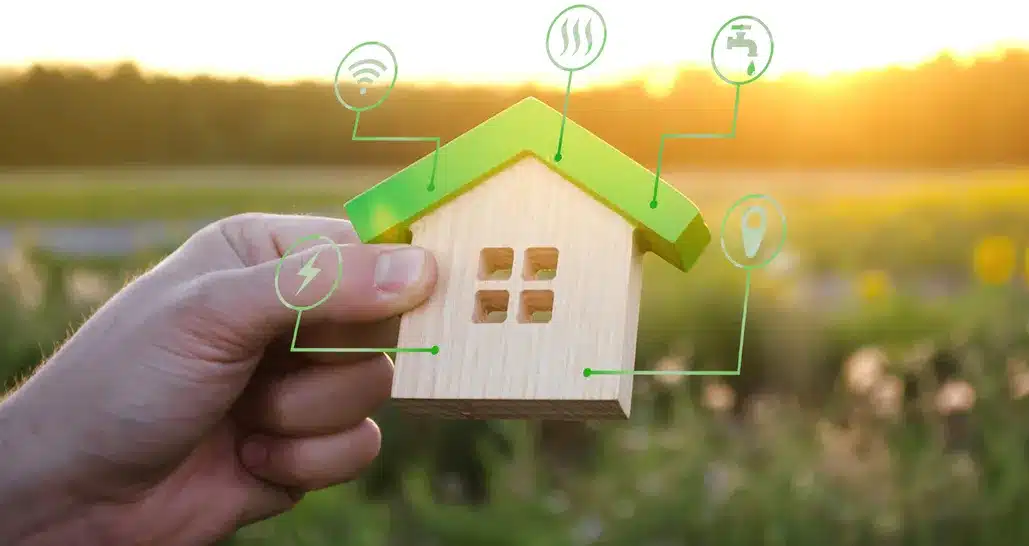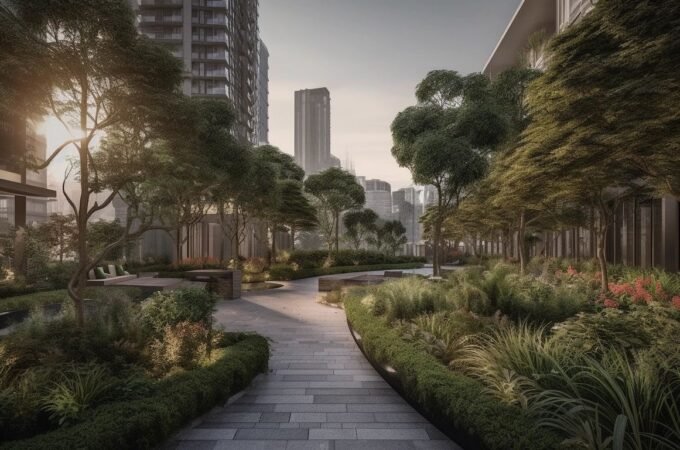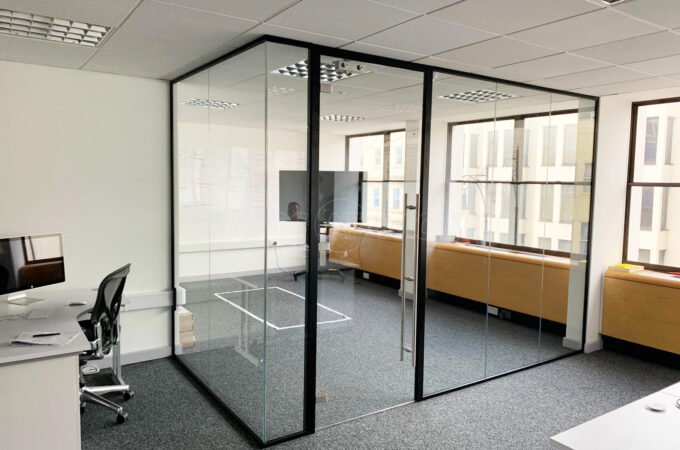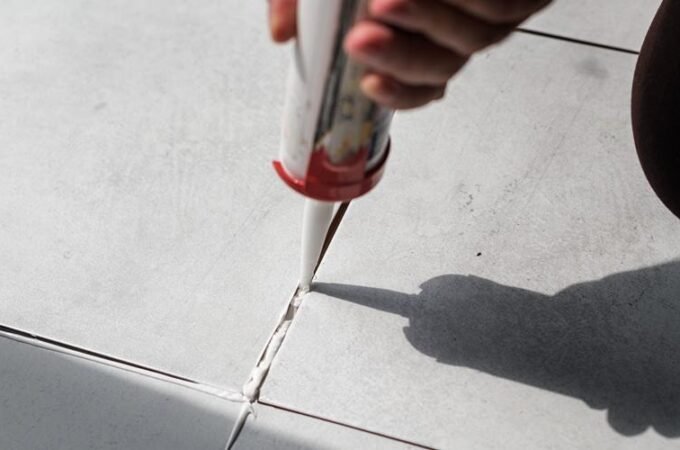
Best Practices for Eco-Friendly Home Renovations
Taking initiative to go green during your home renovation is a compelling way to contribute to a healthier planet and create a safe, efficient, and nurturing sanctuary for your family. Whether updating a single room or embarking on a complex whole-home remodel, adopting eco-friendly approaches will positively and lastingly impact your home and the surrounding community. Each sustainable choice you make, no matter how small, contributes to broader ecological preservation and can inspire others to follow your example. The following strategies will help educate and empower you to make informed, thoughtful decisions at every stage, ensuring your remodeling journey results in an environmentally responsible, healthy, and rewarding outcome indoors and out.
Transforming your home with sustainability in mind is both possible and highly rewarding. Eco-friendly home renovations are gaining remarkable momentum as more homeowners recognize the significant importance of reducing their environmental impact while creating a modern, comfortable, and stylish living space. By opting for responsible renovation practices, you can ensure that your home remodeling project benefits your household and positively affects the broader environment. Modern eco-friendly renovations focus on smart design choices, cutting-edge technologies, and using reused or renewable resources to reduce environmental impact significantly. These practices provide greater comfort, a healthier indoor environment, and substantial long-term savings on energy and maintenance costs. Seeking expert guidance from Denver home remodeling experts further ensures that your renovation project meets your sustainability objectives while maintaining top standards for quality and craftsmanship. Their experience can help you navigate green building materials, identify energy-saving opportunities, and tackle challenges unique to your home or local climate, ensuring your project’s beautiful and environmentally advanced results.
Table of Contents
ToggleSustainable Materials
Eco-friendly renovations can significantly reduce the environmental impact of a project by prioritizing sustainable materials such as renewable, recycled, locally sourced, or salvaged. These materials help limit the use of new natural resources, minimize waste in landfills, and reduce harmful emissions from construction. Bamboo flooring, a rapidly renewable resource, offers strength and a sophisticated look, while reclaimed wood from old homes or barns adds character and warmth. Reclaimed glass countertops, embedded in durable resin or concrete, offer visual flair and a sustainable alternative to quarried stone or resource-intensive laminates.
Other sustainable materials include cork flooring, FSC-certified lumber from responsibly managed forests, drywall with recycled content, and upcycled hardware for fixtures and accents. Sourcing local or regional materials reduces greenhouse gas emissions generated during transport and supports local economies. It is essential to ask suppliers about the origins and environmental certifications of any building products you intend to use, as it helps to ensure a sustainable and eco-friendly renovation project.
Energy-Efficient Upgrades
Improving your home’s energy efficiency is a cost-effective and environmentally friendly strategy for conserving resources, saving money, and minimizing greenhouse gas emissions. Upgrading to energy-efficient systems and components can maintain comfortable temperatures with less energy, reduce strain on local power grids, and provide ongoing savings on utility bills. These smart investments enhance the sustainability of renovations, daily comfort, and long-term property value. High-performance windows, especially double- or triple-pane models with low-emissivity coatings, help regulate indoor temperature and reduce reliance on heating and cooling equipment. Advanced insulation, including attics, walls, floors, and crawlspaces, is crucial for a truly energy-efficient building envelope. High-performance materials like recycled denim batts, blown-in cellulose, or modern spray foams help reduce drafts and ease HVAC system demand. Replacing outdated appliances with ENERGY STAR-certified models ensures superior energy and water efficiency without compromising performance. Weatherstripping doors and windows, sealing air leaks, and incorporating energy management systems can collectively create substantial efficiency gains.
Water Conservation Techniques
Fresh water is a precious resource, making water conservation crucial in eco-friendly renovations. Sustainable water strategies can be integrated into interior and exterior spaces, reducing waste, lowering utility bills, and preserving local ecosystems. Low-flow fixtures, such as WaterSense-certified models, can save up to 30% compared to standard fixtures. Rainwater harvesting systems, connected to rooftop gutters, collect rainwater for landscape irrigation, gardens, or non-potable chores, reducing pressure on municipal infrastructure and creating resilience during dry spells. Native landscaping, transitioning to drought-tolerant plants, reduces the need for frequent watering, chemical fertilizers, and mowing. Other water-wise solutions include drip irrigation systems, irrigation controllers, and graywater recycling systems. These upgrades significantly impact large-scale and small renovation projects, ensuring water conservation and a healthier environment. Incorporating smart leak detectors can also help identify and address plumbing issues early, preventing water damage and waste. Installing tankless water heaters can improve efficiency while reducing standby energy use. Replacing traditional lawns with permeable surfaces can further reduce runoff and promote groundwater recharge. Educating homeowners and contractors on sustainable practices ensures long-term impact. Collectively, these measures support a more resilient and eco-conscious approach to home improvement.
Indoor Air Quality Improvements
Eco-friendly renovations aim to improve health, wellness, and comfort in homes. Good indoor air quality is crucial for daily well-being, especially for those with respiratory concerns. Green remodeling should focus on reducing harmful pollutants and introducing clean, fresh air. Low-VOC paints and finishes are recommended to prevent health risks and lingering odors. Proper ventilation, such as energy recovery ventilators, range hoods, and operable windows, removes indoor pollutants while maintaining energy efficiency. Regular cycling of fresh outdoor air helps dispel allergens, volatile chemicals, and excess humidity, reducing mold risks and creating a fresher atmosphere. Indoor greenery, such as spider, snake, and peace lilies, absorbs harmful toxins and boosts household humidity. Regular maintenance steps, such as changing HVAC filters, using air purifiers, and monitoring humidity, contribute to continuous air quality improvement. Thoughtful design and habits work together to create a cleaner, healthier home for the long term. Incorporating non-toxic building materials, such as formaldehyde-free cabinetry and natural fiber carpets, can further limit airborne irritants. Sealing gaps and using weatherstripping can help keep outdoor pollutants from entering indoor spaces. Installing whole-house air filtration systems offers an added layer of protection for sensitive individuals. Minimizing synthetic fragrances in cleaning and personal care products can reduce indoor chemical exposure. Ultimately, a holistic approach to green renovation supports both environmental responsibility and personal wellness.
Waste Reduction Strategies
Millions of tons of construction and demolition waste are discarded annually, with most potentially recyclable or reusable. To reduce waste, project planning and waste-reduction strategies can benefit both the budget and the environment. Deconstruction over demolition allows for the salvage and reuse of materials like bricks, hardware, doors, and cabinetry, which can be repurposed in a remodel, donated to charities, or sold. Recycling construction waste, such as metals, glass, cardboard, concrete, and clean wood scraps, keeps bulk material out of landfills and lowers disposal costs. Donating unused materials, such as light fixtures, tile, or furniture, can help local nonprofits, reuse centers, or community improvement programs, and may offer a potential tax deduction. Shop smart by measuring carefully, ordering conservatively, and prioritizing suppliers with recycled content or recyclable packaging. Research local recycling and reuse options before demolition to efficiently separate and divert materials, speeding cleanup and extending sustainability beyond renovation.
Renewable Energy Integration
Renewable energy solutions can significantly reduce reliance on fossil fuels and make home remodeling more sustainable. Solar panels, solar water heaters, and geothermal heating and cooling systems are some renewable energy options that can be installed on your property. Solar panels generate clean, renewable electricity, while solar water heaters circulate heated water, reducing electricity demand and carbon emissions. Geothermal heat pumps use the earth’s constant temperature below ground for efficient heating and cooling, with significant operating cost savings. Although the initial cost may be substantial, incentives, utility buyback programs, and energy savings over time offset the cost. Battery storage systems can be added to maximize the use of generated solar energy and ensure backup power during outages. Smart energy management tools, such as programmable thermostats and consumption monitoring apps, allow homeowners to track efficiency and make informed decisions. Wind turbines, though less common in residential settings, are another potential option in areas with consistent wind flow. Integrating electric vehicle (EV) charging stations can also complement renewable energy systems and prepare your home for future transportation needs. With each step, you move closer to energy independence while reducing your environmental footprint. Integrating a modest renewable energy system brings you closer to net-zero living and strengthens your home’s resilience against rising energy prices and climate change. By incorporating these strategies, your eco-friendly renovation will provide healthier living, enhanced comfort, and lasting value for you and the planet. This thoughtful remodeling transforms your home into a model of sustainability and stewardship, benefiting you, your community, and future generations on a larger scale.






